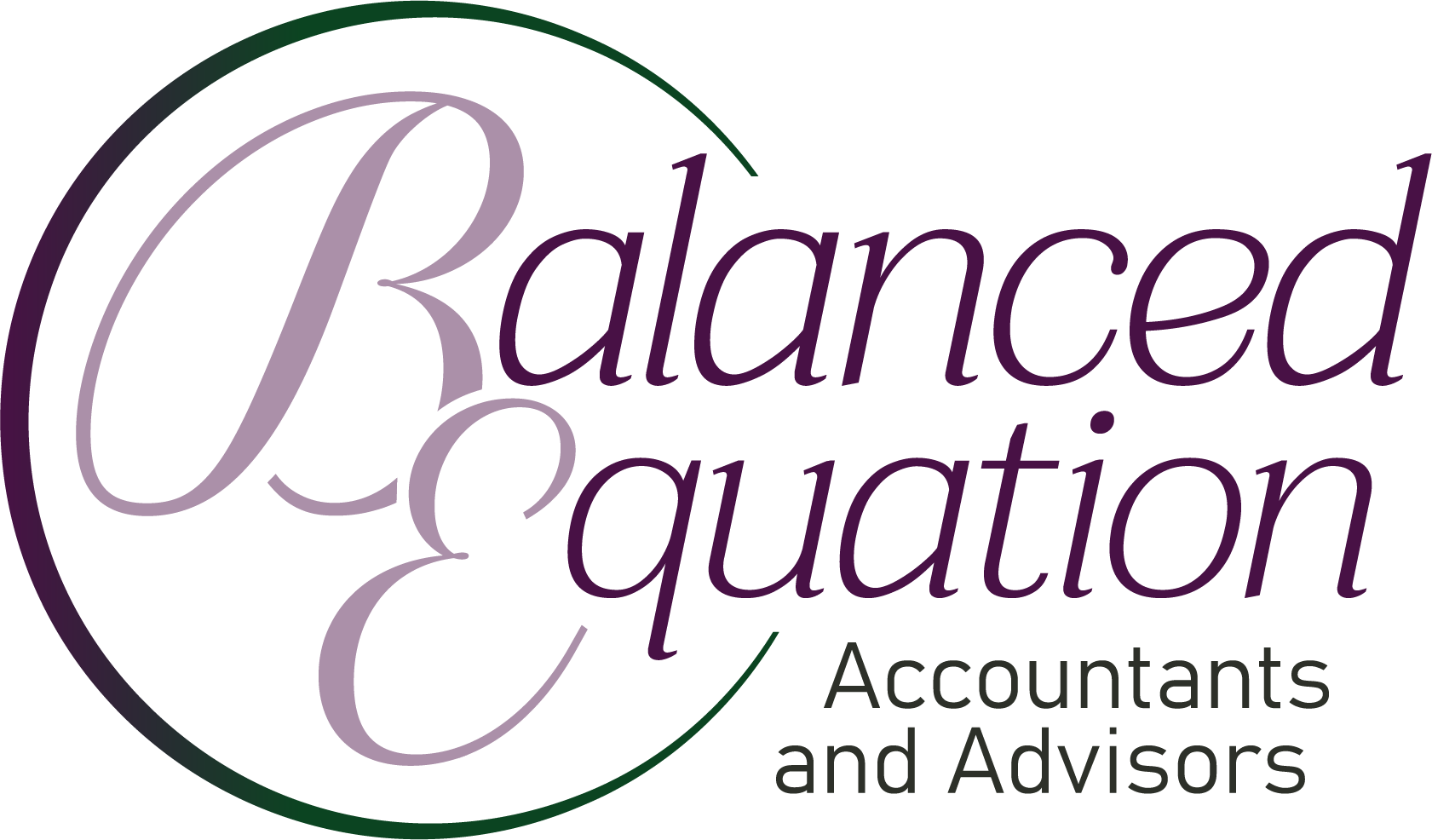As a business owner, tax season shouldn’t be a time of stress and scrambling—it should be a strategic opportunity. With proactive tax planning, you can reduce your tax liability, improve cash flow, and position your business for long-term success.
Here’s how to approach tax planning like a pro:
Start with Entity Optimization
The structure of your business—LLC, S Corp, C Corp, or partnership—has a major impact on your tax obligations. Each entity type comes with different rules for income reporting, self-employment taxes, and deductions.
Tip: Reevaluate your entity structure annually. As your business grows or diversifies, what worked last year might not be optimal this year.
Leverage Strategic Deductions
Many business owners miss out on deductions simply because they don’t plan ahead. Common deductions include:
- Qualified Business Income Deduction
- Home office expenses
- Business vehicle use
- Retirement plan contributions
- Health insurance premiums
- Accelerated Depreciation on equipment and property
Pro tip: Keep detailed records and work with a tax advisor to ensure you’re capturing every eligible deduction.
Use Retirement Plans to Your Advantage
Setting up a retirement plan like a SEP IRA, Solo 401(k), or defined benefit plan can reduce taxable income while helping you build long-term wealth.
Bonus: Contributions made before the tax filing deadline (including extensions) can still count for the prior year.
Keep Books Current and Plan for Estimated Taxes
Avoid penalties and surprises by calculating and paying quarterly estimated taxes. This is especially important for pass-through entities where income flows directly to the owner’s return.
If you aren’t having your books maintained on a real time basis, you aren’t proactively managing your finances nor your tax liability.
Strategy: Have your books maintained real time and use a rolling forecast to adjust your estimates as income fluctuates throughout the year.
Consider Multi-Entity Strategies
If you operate multiple businesses or have real estate holdings, a multi-entity structure can offer tax advantages, asset protection, and operational flexibility. There are lots of opportunities to capture like accelerated depreciation through cost segregation studies and short term rental rules.
Example: Separating operations from assets (e.g., an operating company leasing from a holding company) can create opportunities for income shifting and tax deferral.
Don’t Wait Until Year-End
The best tax strategies are implemented before December 31. If you wait until tax time, you are too late. Periodic or quarterly reviews allow time to:
- Accelerate or defer income
- Purchase equipment
- Adjust payroll
- Make charitable contributions
Work with a Tax Strategist, Not Just a Preparer
A tax preparer looks backward. A tax strategist looks forward. Partner with someone who understands your business, anticipates changes, and helps you build a proactive tax plan.
Final Thoughts
Tax planning isn’t just about saving money—it’s about aligning your financial strategy with your business goals. With the right approach, you can turn taxes from a burden into a powerful tool for growth.
Let’s Build Your Tax Strategy Together
Ready to take control of your tax planning and unlock new opportunities for your business?
📅 Schedule a consultation today and let’s create a strategy tailored to your goals.





